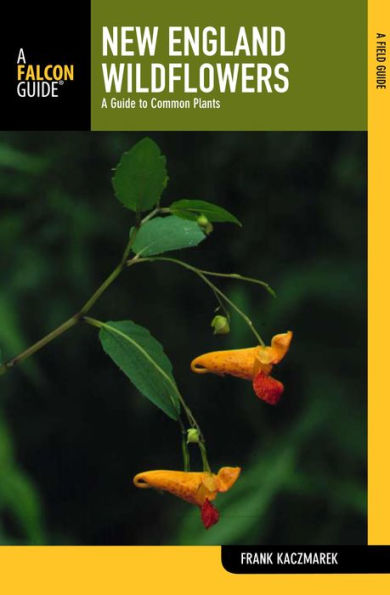5
1

New England Wildflowers: A Guide To Common Plants
288
New England Wildflowers: A Guide To Common Plants
288
17.99
In Stock

Product Details
| ISBN-13: | 9781461745822 |
|---|---|
| Publisher: | Falcon Guides |
| Publication date: | 03/03/2009 |
| Series: | Wildflower Series |
| Sold by: | Barnes & Noble |
| Format: | eBook |
| Pages: | 288 |
| File size: | 26 MB |
| Note: | This product may take a few minutes to download. |
About the Author
From the B&N Reads Blog
